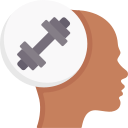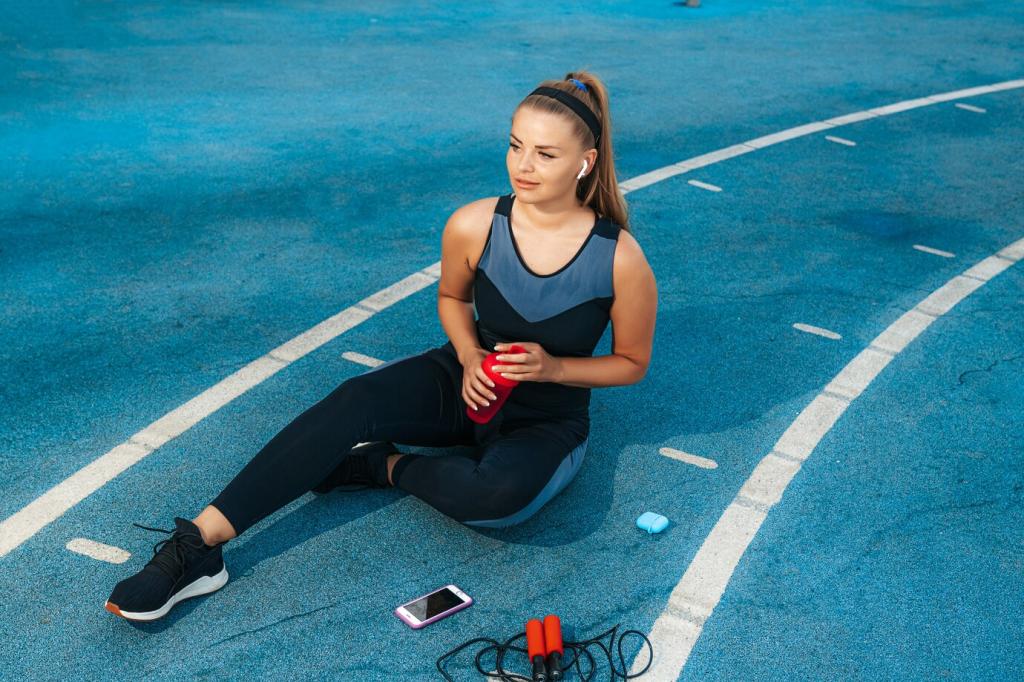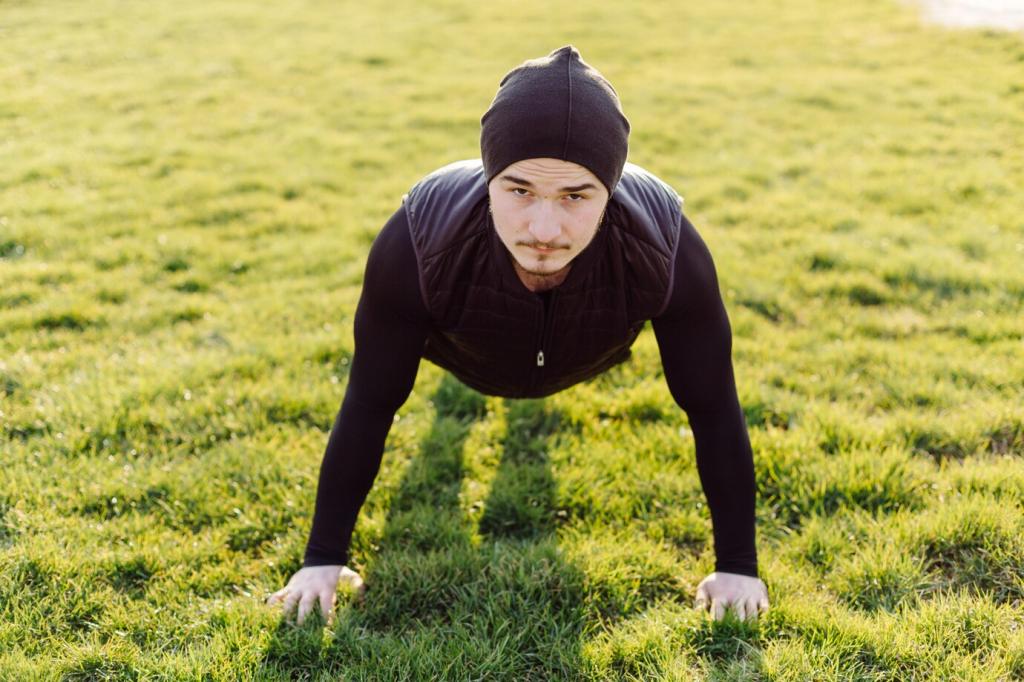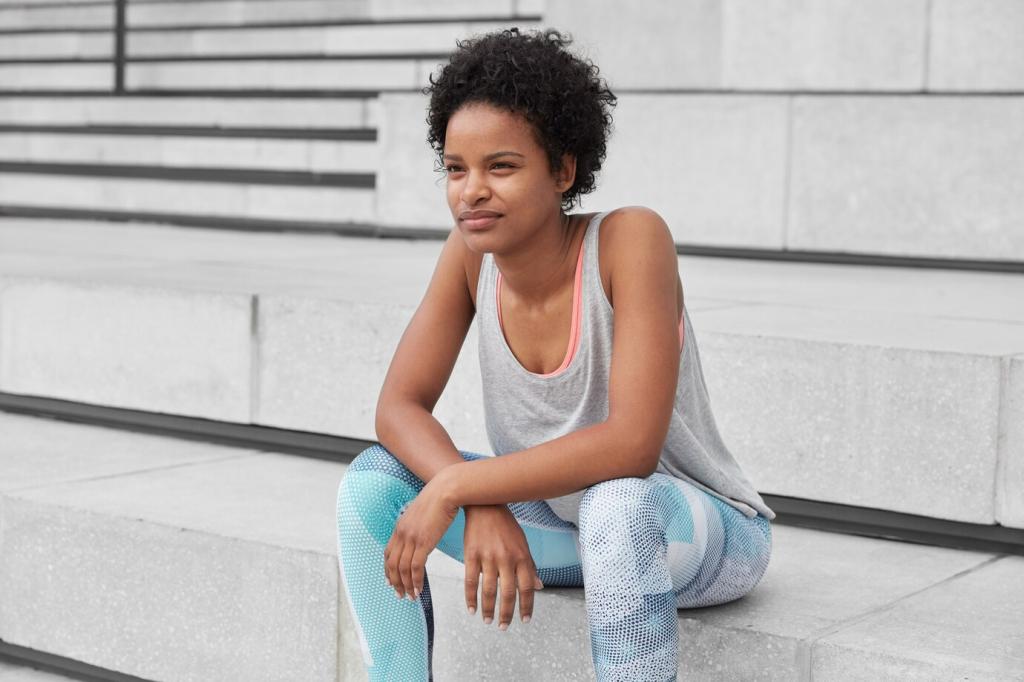Designing Your Personal Focus Protocol
Choose a reliable trigger—tying shoes, stepping onto the court, touching the blocks. Pair it with a two-minute breath-and-cue routine. Reward it by noting one controllable win afterward. This loop engrains calm swiftly, even in loud, high-stakes environments.
Designing Your Personal Focus Protocol
One short cue word links breath to movement—“smooth,” “tall,” or “snap.” Physical anchors like thumb-to-finger taps reinforce it. During retreats, athletes pressure-test their anchors in scrimmages so the words hold steady when adrenaline surges unexpectedly.








